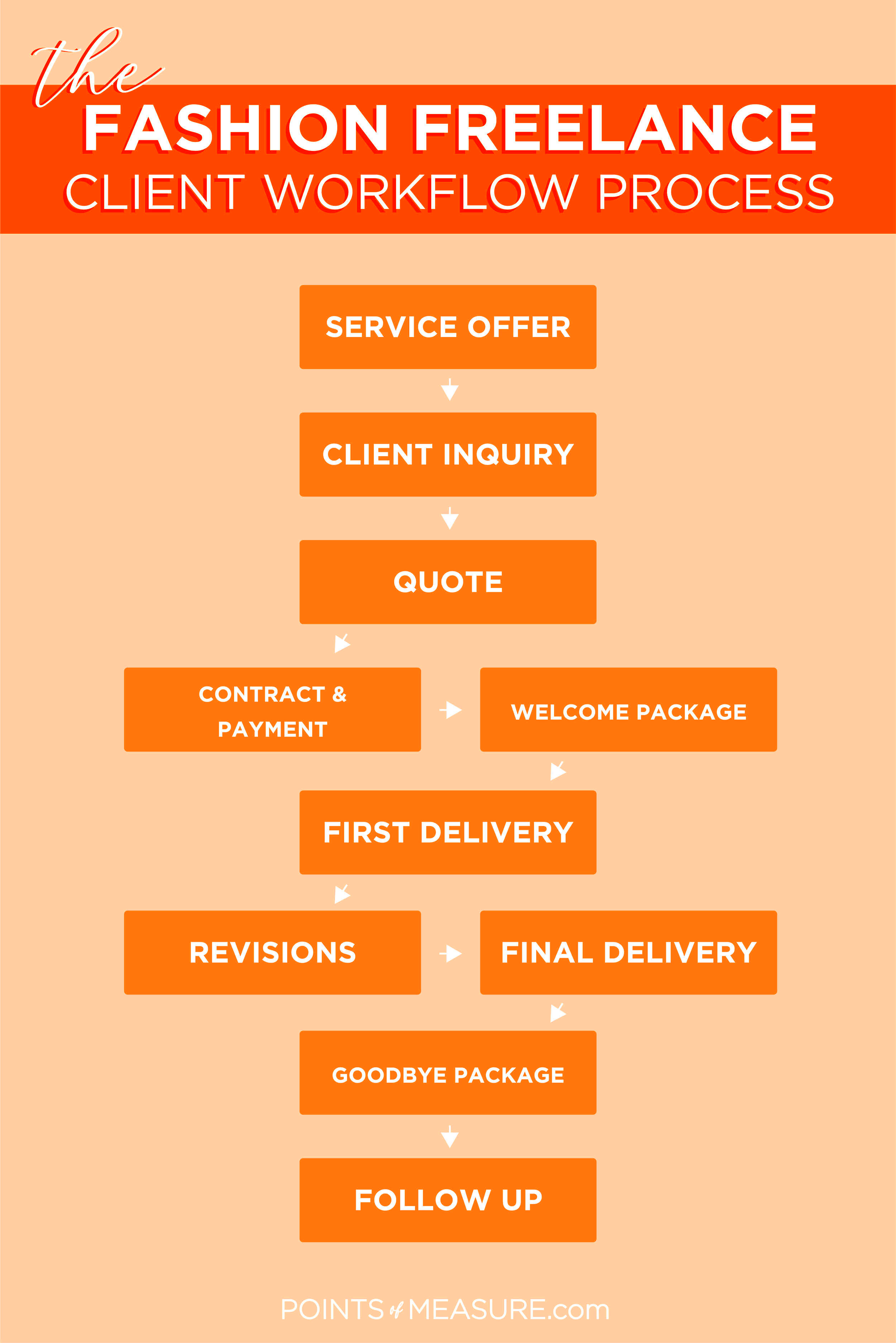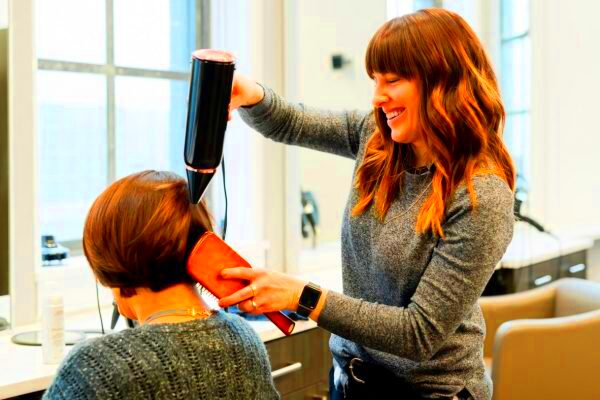Freelance styling is an exciting career that offers creative freedom and flexibility. If you have an eye for fashion and love helping people express themselves through clothing, becoming a freelance stylist might be the perfect fit for you. Unlike working in a traditional job setting, freelance stylists work independently, often with multiple clients. This means you can choose your own schedule and select the projects you want to take on. In this blog post, we’ll cover what it takes to become a successful freelance stylist, the skills required, and how to find clients who need your expertise.
Understanding the Role of a Freelance Stylist

A freelance stylist works with individuals or companies to create looks that suit their personal style or business needs. Their job can include working on wardrobe styling, fashion shoots, personal shopping, event styling, and even helping clients organize their wardrobes. The role of a stylist is not just about choosing clothes but also understanding the client’s needs and preferences to help them feel confident and look their best.
Here are some key responsibilities of a freelance stylist:
- Personal Styling: Helping clients select outfits for everyday wear or special events.
- Editorial Styling: Creating fashion looks for photo shoots or magazine features.
- Event Styling: Coordinating outfits for specific events like weddings, parties, or corporate events.
- Brand Styling: Developing a brand’s image through styling for ads, marketing campaigns, or social media.
As a freelancer, you also need to handle client communication, contracts, and sometimes the logistics of shopping for the right pieces. It’s a balance of creativity and business management that makes the role so rewarding.
Also Read This: How to Fix Unable to Save Gig on Fiverr
Skills Needed to Become a Freelance Stylist

To succeed as a freelance stylist, it’s important to develop a combination of creativity, communication, and business skills. Here are the key skills you’ll need to master:
- Fashion Knowledge: Stay updated on the latest fashion trends and styles. This will help you create modern and relevant looks for your clients.
- Attention to Detail: Being able to notice subtle details, like how a garment fits or how accessories complement an outfit, is crucial.
- Creativity: A great stylist can think outside the box and create unique looks that stand out, whether it’s for an individual client or a photoshoot.
- Communication Skills: You must understand your clients' needs and be able to clearly communicate ideas, suggestions, and feedback.
- Organization: You’ll often juggle multiple clients and projects, so being organized is key to keeping everything on track.
- Networking: Building a network of contacts within the fashion industry, such as photographers, makeup artists, and designers, is important for growing your business.
- Time Management: Freelancers often manage their own schedules, so being able to prioritize tasks and meet deadlines is essential.
Developing these skills will help you provide excellent service to your clients and establish a solid reputation in the fashion world.
Also Read This: How to Improve Your Average Response Time on Fiverr
Building a Strong Portfolio for Freelance Styling

Your portfolio is your visual resume. It’s a powerful tool that shows potential clients what you can do and how your styling skills can help them achieve their goals. A well-built portfolio gives clients a taste of your creativity and professionalism, so it’s crucial to put effort into crafting it. A strong portfolio highlights your best work and demonstrates your ability to style different looks for various occasions or projects.
Here’s how you can build a portfolio that stands out:
- Showcase Your Best Work: Include high-quality images of your styling work, such as photoshoots, styled outfits, or events you’ve worked on. Quality over quantity is key—only show your best pieces.
- Variety is Key: Show a range of styles, from casual to formal, or even themed looks. This shows that you can adapt to different client needs.
- Work with Professionals: Collaborate with photographers, makeup artists, and models to create professional-looking images. This adds credibility to your work.
- Include Before and After Photos: Show how your styling skills transformed a look. Clients love to see the impact of your work.
- Online Portfolio: Create a website or use a platform like Instagram to showcase your work. Make sure it’s easy to navigate and looks professional.
Remember, your portfolio is a living document. As you gain more experience, keep updating it with new work. A great portfolio helps you stand out in a competitive market and attracts the clients you want to work with.
Also Read This: Can I Buy and Sell Both on Fiverr?
How to Find Clients as a Freelance Stylist

- Leverage Social Media: Platforms like Instagram, Pinterest, and TikTok are visual, making them perfect for showcasing your styling skills. Post regularly, engage with followers, and use hashtags to increase visibility.
- Network in the Industry: Attend fashion events, collaborate with photographers or influencers, and make connections with people in the industry. Word-of-mouth referrals can be incredibly powerful.
- Offer Free Work or Discounted Rates: When you’re just starting out, offering free styling services or discounted rates can help you build your portfolio and get testimonials from happy clients.
- Join Freelance Platforms: Websites like Fiverr, Upwork, or Thumbtack allow you to offer your services to a wide audience. These platforms are great for gaining initial exposure.
- Ask for Referrals: Once you’ve worked with a few clients, ask them to refer you to others. Happy clients are often willing to help you expand your business.
- Work with Influencers: If you can get an influencer or blogger to showcase your work, it can boost your credibility and attract more clients.
Finding clients takes time, but the more you put yourself out there and network, the more opportunities will come your way. Consistency is the key to building a solid client base.
Also Read This: How to Earn Money from Fiverr in Hindi
Setting Your Rates as a Freelance Stylist
Setting your rates can be tricky, especially when you're just starting out. You want to make sure you’re charging enough to reflect your skills and experience but not pricing yourself out of the market. Here are some strategies to help you set competitive rates:
- Research the Market: Find out what other stylists in your area or niche are charging. Look at their experience level, portfolio, and reputation to determine where you fit in.
- Start with Introductory Rates: If you're just starting out, consider offering lower rates to attract clients. Once you've built a solid portfolio and gained experience, you can gradually raise your rates.
- Charge Based on the Project: Some stylists charge by the hour, while others charge per project. If you're doing something like personal shopping, you might charge a flat rate. If you're working on a photoshoot, you could charge by the hour or day.
- Factor in Expenses: If you’re required to purchase clothing or travel to a location for a job, be sure to factor these costs into your rates.
- Offer Packages: Create packages for different types of services (e.g., a wardrobe makeover, personal styling for events, etc.). This makes it easier for clients to understand the value they’re getting.
It’s also important to be transparent with clients about your rates. If a potential client feels that your prices are too high or too low, be prepared to discuss how you arrived at your pricing and the value you bring. Over time, you’ll learn how to set rates that reflect your experience and attract the right clients.
Also Read This: Exploring Alternatives: What is Similar to Fiverr?
Marketing Yourself as a Freelance Stylist
Marketing yourself as a freelance stylist is crucial for attracting clients and building your brand. Without a strong marketing strategy, even the most talented stylist may struggle to get noticed. The key is to showcase your skills, create a personal brand, and use multiple channels to reach potential clients. Here are some ways you can effectively market yourself:
- Develop a Personal Brand: Create a unique identity that sets you apart from other stylists. This can be a specific style or niche (e.g., eco-friendly styling, bridal styling, or personal styling for corporate professionals).
- Utilize Social Media: Platforms like Instagram and Pinterest are highly visual and ideal for stylists to display their work. Post high-quality photos of your styling work, behind-the-scenes shots, and styling tips to engage your audience.
- Create a Website: A professional website serves as your digital portfolio. Include a biography, your services, portfolio, client testimonials, and easy ways to contact you.
- Content Marketing: Write blog posts or create video tutorials on styling tips, trends, and fashion advice. This helps establish you as an expert in your field.
- Networking: Attend fashion events, collaborate with influencers, or join online groups related to fashion. Meeting people in the industry can lead to potential collaborations and clients.
- Email Marketing: Build an email list to send updates, promotions, or styling tips. This helps you stay in touch with current and potential clients.
Marketing is about consistency and visibility. The more you promote your work and show your expertise, the more likely you are to attract the right clients who are willing to pay for your services.
Also Read This: How to Make a Professional Gig on Fiverr
Frequently Asked Questions about Freelance Styling
Starting as a freelance stylist can come with many questions. Below are some frequently asked questions that might help clear up any uncertainties you may have:
- How do I set my rates as a freelance stylist? You can research what other stylists charge, consider your experience and expertise, and factor in any expenses. When you're just starting out, you may want to offer lower rates to attract clients, gradually increasing your prices as you gain more experience.
- How do I find clients? Use social media, attend industry events, offer promotions, and work with influencers to build your client base. Networking and word-of-mouth referrals are also key to finding clients.
- Do I need to have a fashion degree to become a stylist? While a fashion degree can be helpful, it’s not required. Many successful freelance stylists have built their careers through hands-on experience, self-education, and building a strong portfolio.
- What should I include in my portfolio? Your portfolio should showcase your best work, with high-quality images of styled outfits, photoshoots, and any events you’ve worked on. Make sure to show a variety of styles and approaches to demonstrate your versatility.
- Can I freelance part-time? Yes, many stylists start freelancing part-time before transitioning to full-time. It allows you to build a client base while balancing other commitments.
Answering these questions and planning accordingly can help smooth the transition into freelance styling and set you on the right path to success.
Conclusion and Final Thoughts on Becoming a Freelance Stylist
Becoming a freelance stylist is a rewarding career choice for those with a passion for fashion and helping others feel confident in their appearance. With the right combination of creativity, business sense, and marketing strategies, you can carve out a successful career in this industry. Building a strong portfolio, finding clients, setting competitive rates, and marketing your services are key steps to getting started.
As a freelancer, you’ll have the flexibility to work on exciting projects, collaborate with diverse clients, and continually grow your skills. Remember, success doesn’t happen overnight. It takes time, dedication, and the willingness to keep learning and adapting. Stay motivated, continue to improve your craft, and before you know it, you’ll be a sought-after freelance stylist in the fashion world.




